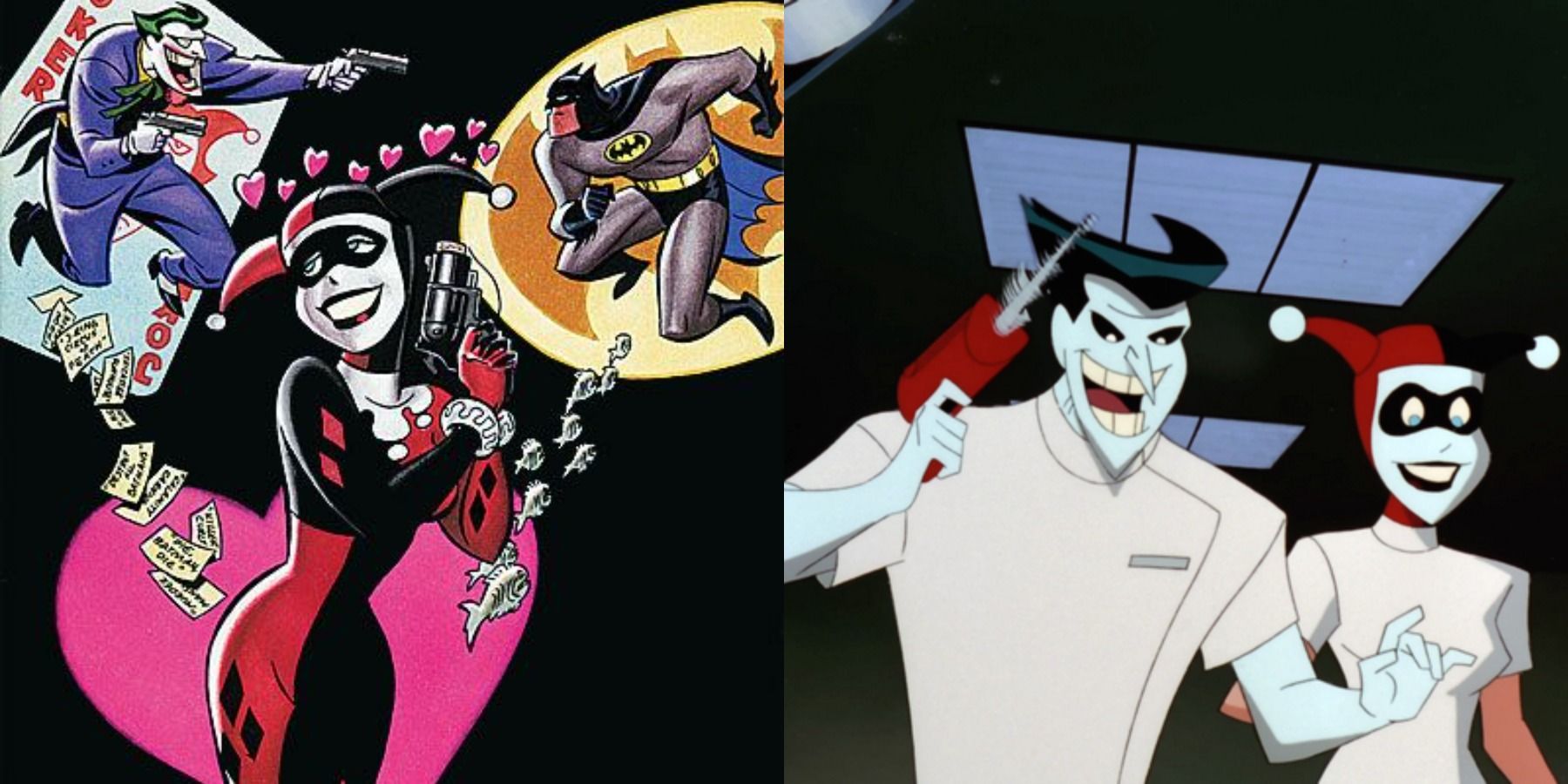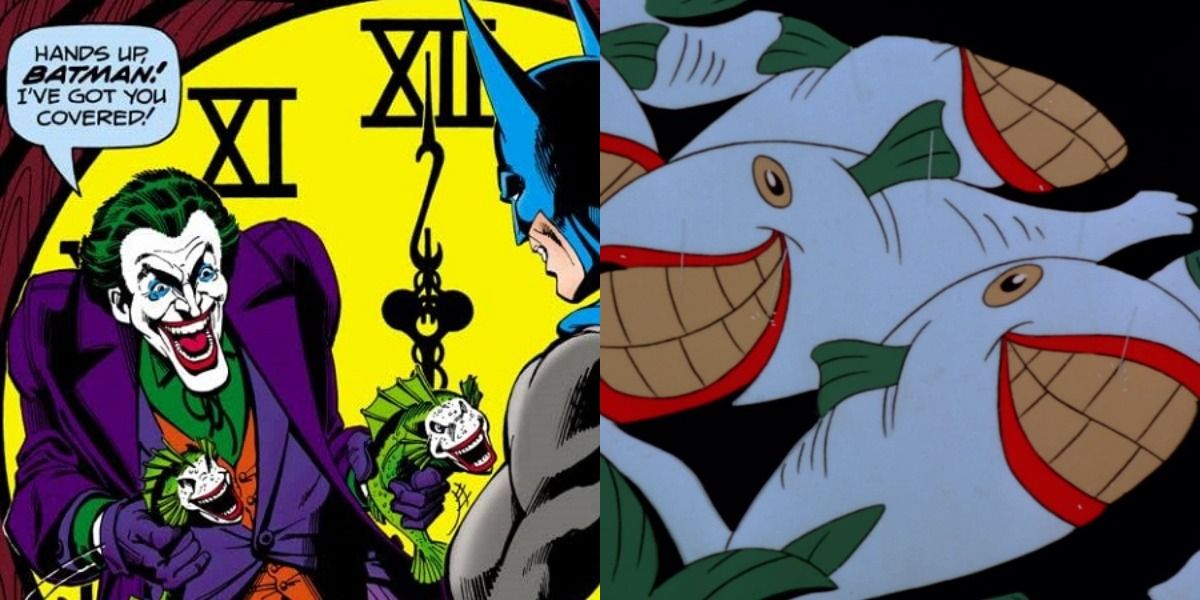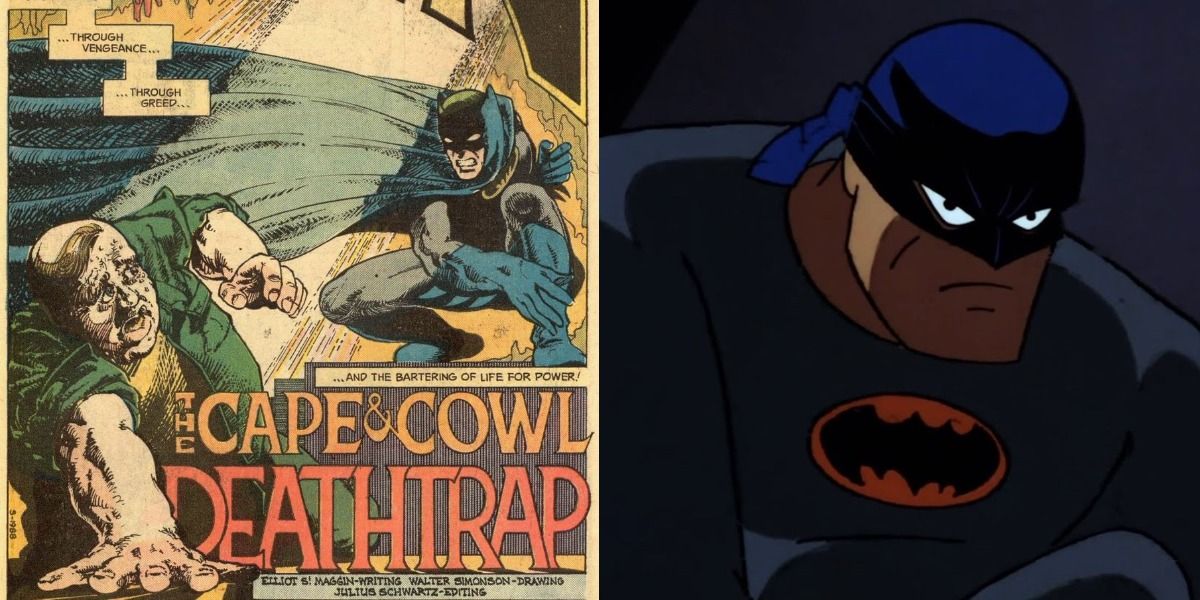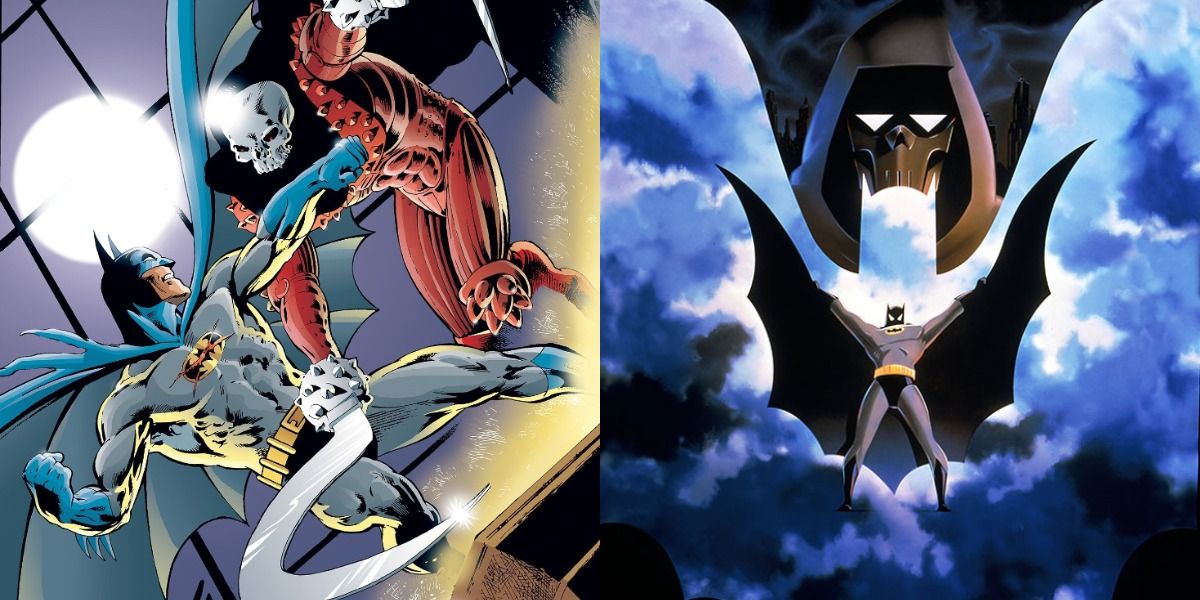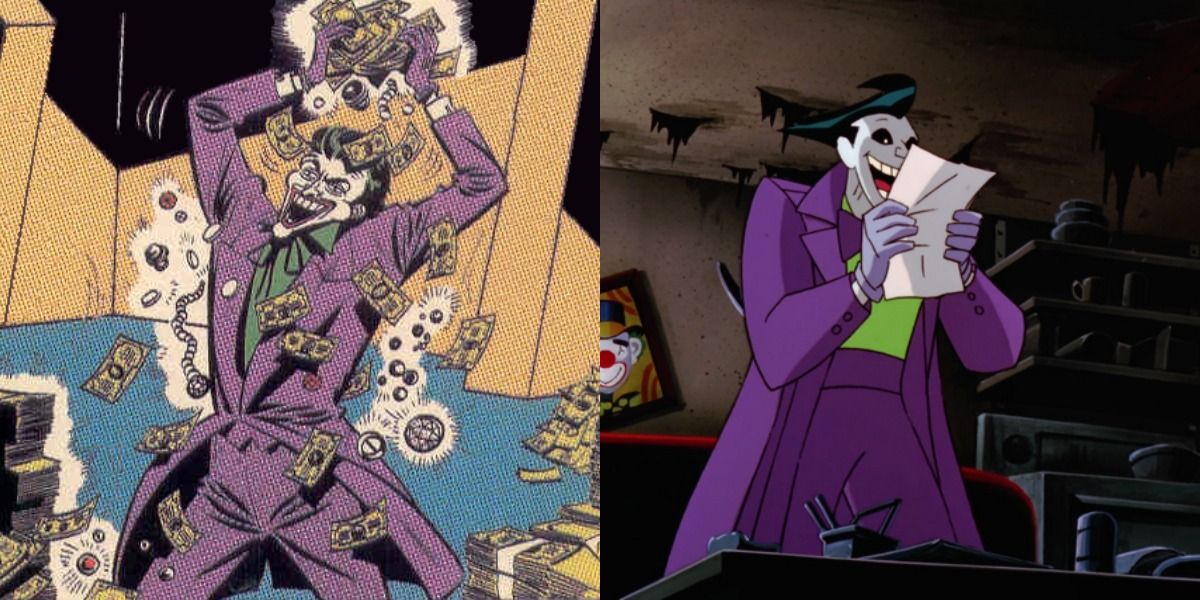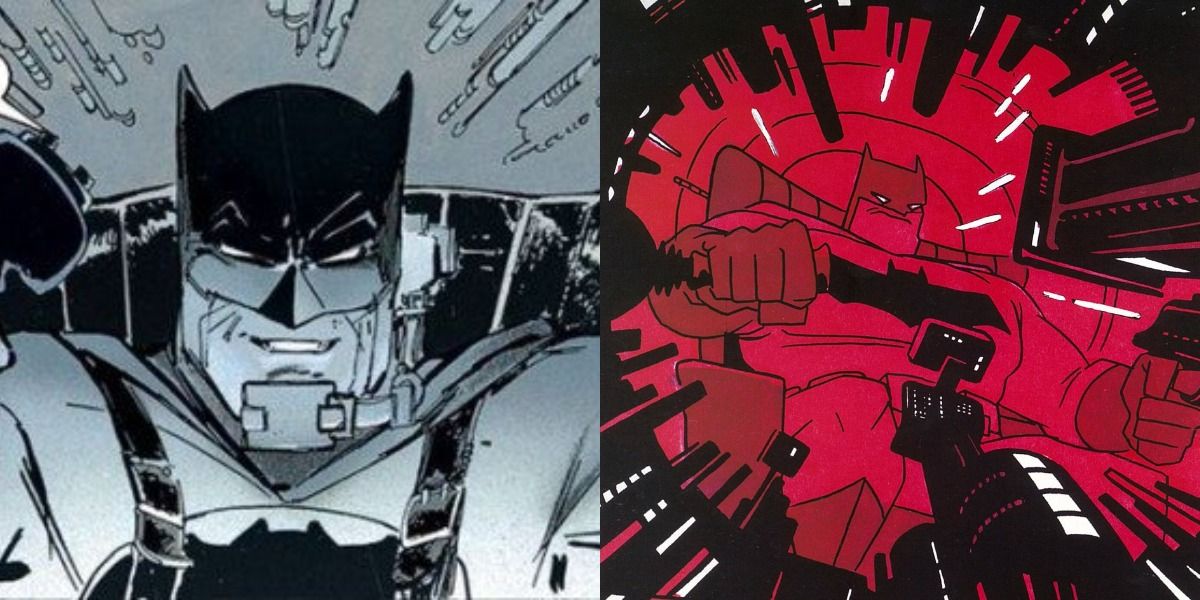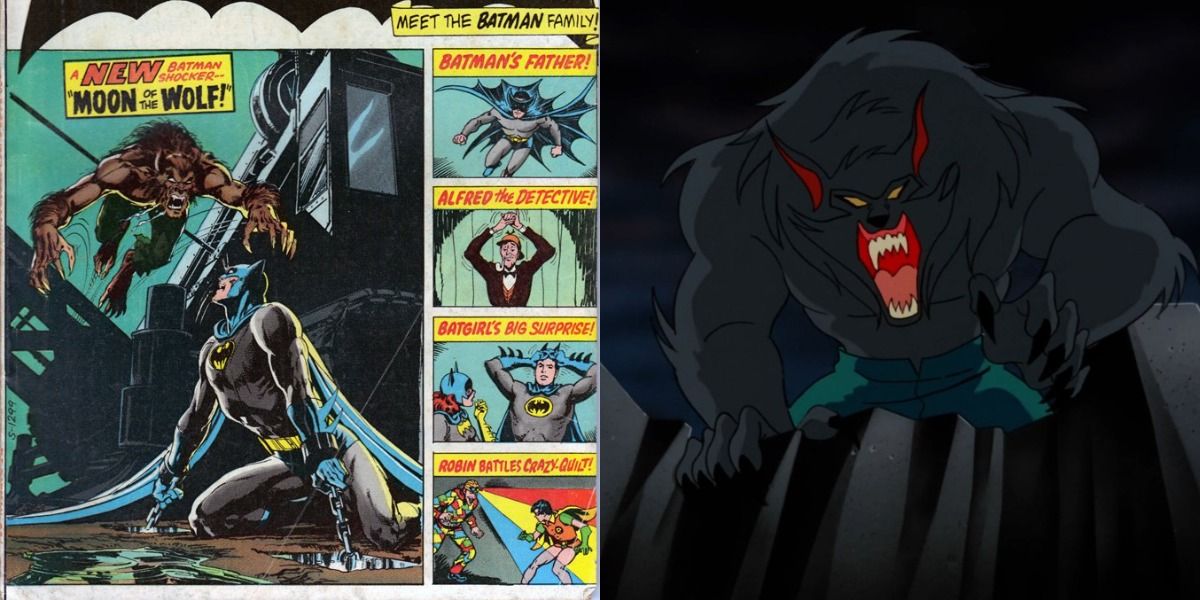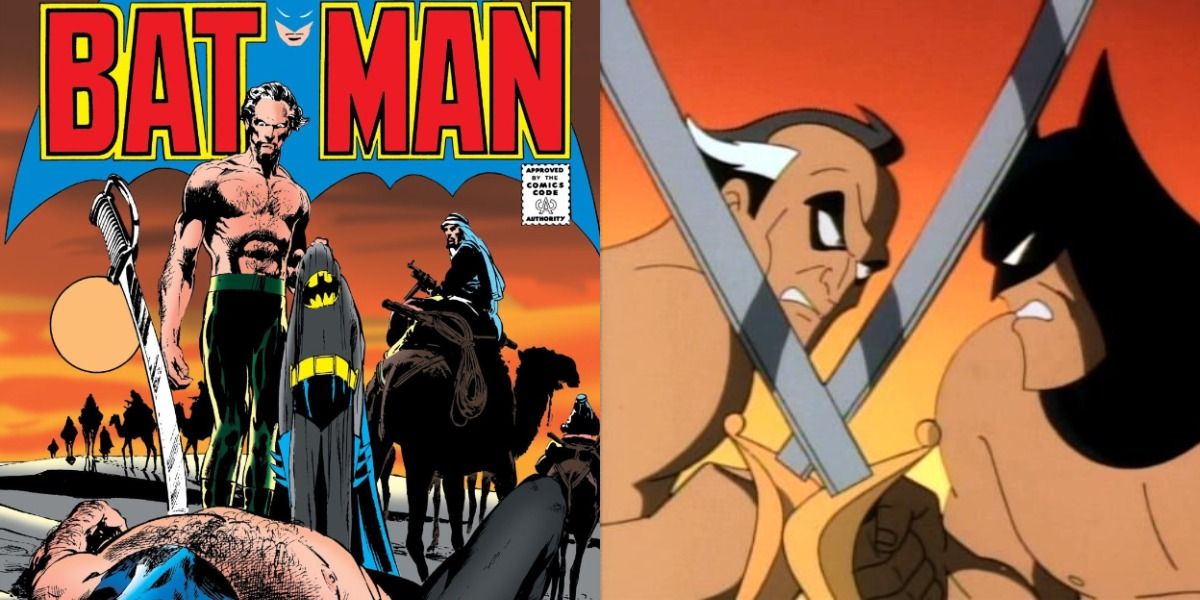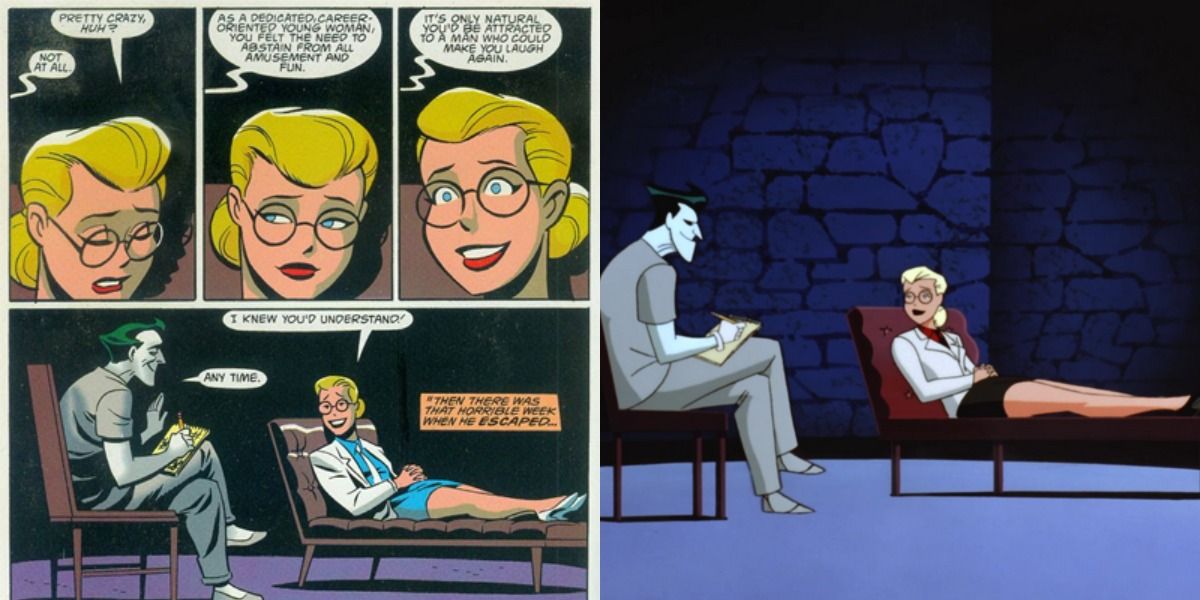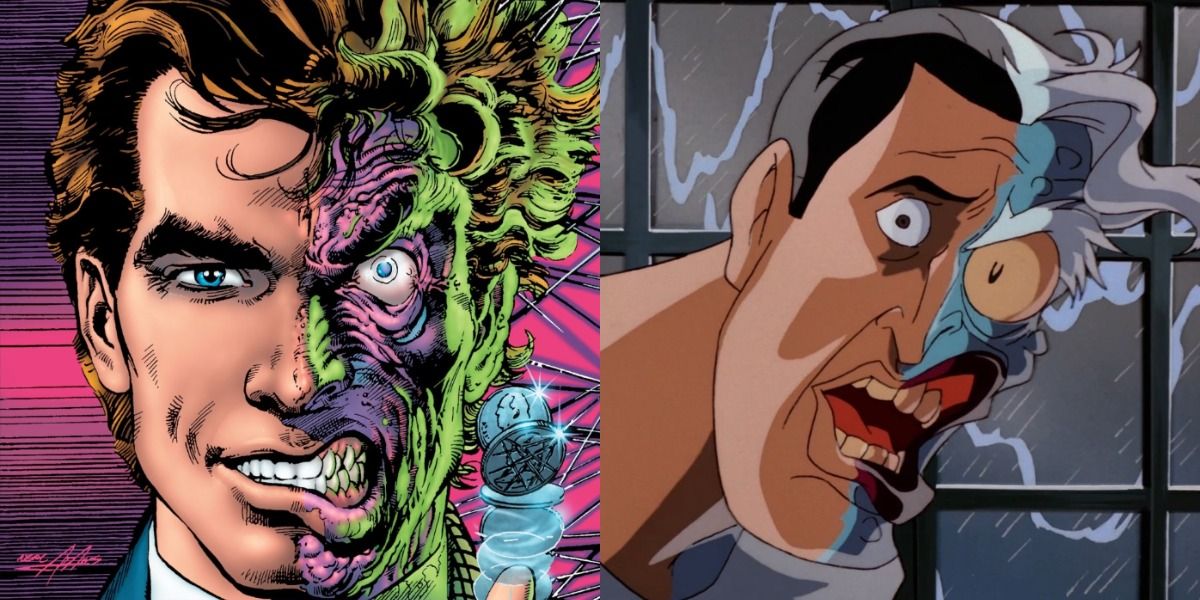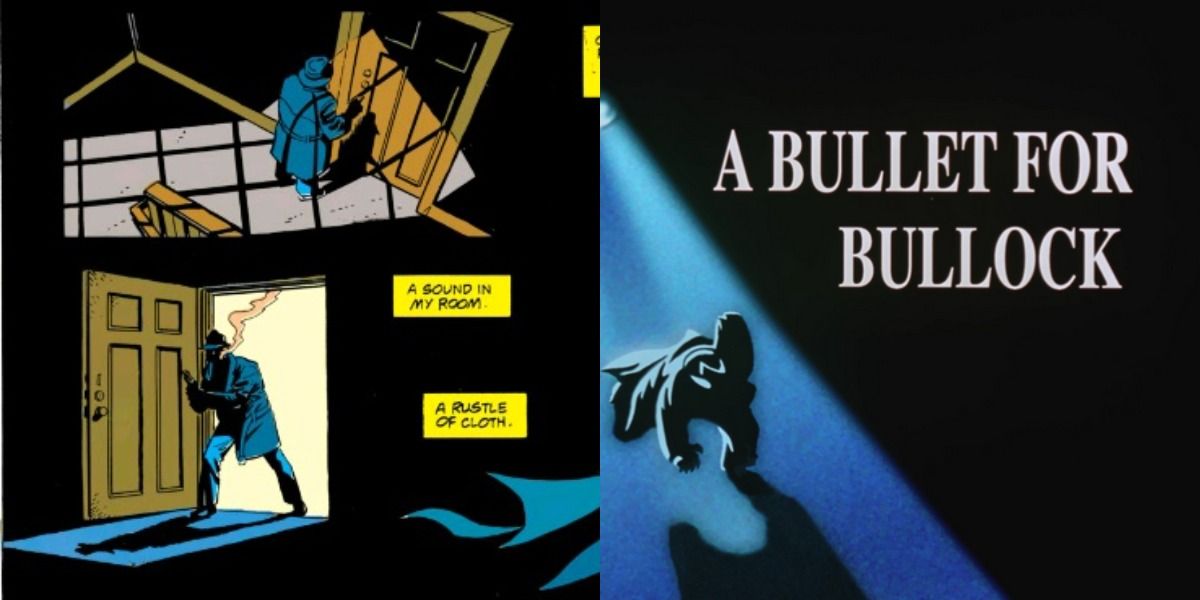With the recent announcement of Batman: Caped Crusader, fans will see Batman: The Animated Series co-creator Bruce Timm present a whole new version of The Dark Knight. Though the new show will certainly develop a fanbase, it will never eclipse how influential and beloved Batman: The Animated Series was and is.
The cartoon that gave fans Kevin Conroy's Batman and Mark Hamill's Joker did a lot to influence the comics, with the show revolutionizing characters such as Mr. Freeze. That said, it should never be said that the show didn't adapt comic book stories, because sometimes it did just that.
The Laughing Fish
Out of all BTAS' villains, The Joker's episodes were often the funniest, with "The Laughing Fish" being no exception, but this one is a tad darker than The Alabastor Jester's typical outings. An episode that sees The Joker enact revenge against a copyright clerk who won't let him copyright Jokerized fish, the plot sounds goofy, but it may be one of the more creepy episodes of the show, mostly because of the eery cinematography.
The episode is a faithful translation of Detective Comics #475 and 476 by Steve Englehart and Marshell Rogers. While the episode keeps the main beats of the story, it cuts Silver St. Cloud and Rupert Thorne in order to focus on the plot.
The Cape & Cowl Conspiracy
Among the show's recurring villains, Josiah Wormwood does not have a home, but he does have a very overlooked episode under his belt. In "The Cape & Cowl Conspiracy," Wormwood, a master at creating elaborate traps, is hired by a wealthy baron in order to obtain the greatest prize on Earth...Batman's cape and cowl.
Drawing influence from Detective Comics #450, written by Elliot S! Maggin and drawn by Walt Simonson, "The Cape & Cowl Conspiracy" is a rare case where the writer of the original story got to revisit it in the show, as Maggin was the writer for the episode. That said, the name was changed as the original name for the story was "The Cape & Cowl Deathtrap."
Mask Of The Phantasm
Mask of The Phantasm is often regarded as the best Batman film of all time, but few know it was based on a comic. Batman: Year Two by Mike W. Barr, Alan Davis, and Todd McFarlene is the less-beloved sequel to Batman: Year One, but it did serve as the foundational inspiration for one of the best Batman stories ever.
Both stories feature a scythe-handed serial killer murdering criminals that is secretly someone related to one of Bruce Wayne's tragic lovers. That said, Mask of The Phantasm has a far more painful twist than Year Two.
Joker's Millions
The New Batman Adventures is a divisive era in Batman: The Animated Series, but it did have some stellar episodes. After an old rival of The Joker passes down his fortune to The Clown Prince of Crime, the villain retires and begins to make the most of his wealth, irking Batman to no end.
Recreating a classic comic book story of the same name by David Vern and Dick Sprang, the story is nearly identical to the comics. However, it does make minor tweaks to the story, mainly to update a story from 1952 for audiences from 1998.
Legends Of The Dark Knight
"Legends of The Dark Knight" is a love letter to the different eras of Batman. A group of kids walking around Gotham City share how they view The Dark Knight, with each having vastly different versions of the hero in mind.
Though the story is loosely based on "The Batman Nobody Knows" by Frank Robbins and Irv Novack, the highlight of the episode is when one of the kids imagines a Batman identical to that of The Dark Knight Returns. Recreating the best Batman story is tricky, the battle between Batman and The Mutants is recreated with love and affection, something writer/artist Frank Miller appreciated.
Moon Of The Wolf
One of the more forgotten BTAS episodes is "Moon of The Wolf," which is notable for its strange metal musical score. This massively underrated episode which follows Batman investigating a series of werewolf attacks in Gotham City was heavily based on Batman #255.
Written by Len Wein with art by Neal Adams, the issue was very lovingly translated, which makes sense as the late Wein even returning to write the episode. It wasn't the only episode that Wein worked on as he co-wrote both "The Demon's Quest."
The Demon's Quest
Ra's Al Ghul, leader of The League of Assassins, was a long-standing comic book villain by the time Batman: The Animated Series debuted, however, his multimedia presence was non-existent until "The Demon's Quest" debuted. Though The Demon's Head's debut was co-written by Len Wein, the character's creator pitched in as well.
Dennis O'Neil wrote the first half of the two-parter, adapting Batman #232 and 244, which were both written by him with art by Neal Adams. O'Neil has sadly passed away, but "The Demon's Quest" proves that his legacy is ironclad.
Mad Love
Very rarely did the creators of Batman: The Animated Series retell their own stories, but a very good exception was made with "Mad Love." Technically Harley Quinn's first comic story, the Eisner-winning comic by Paul Dini and Bruce Timm detailed Harley Quinn's origins and proved that her relationship with The Joker is both one-sided and abusive.
The episode adapts the comic story nearly word for word, though it does remove a lot of the slightly more mature aspects of the comic. Before the comic, it was left rather ambiguous where Harley Quinn came from, so the story did a lot to make audiences sympathize with the character.
Two-Face
Alan Burnett should be given a lot of credit, as it was his idea to adapt the idea that Two-Face had mental health issues before his scarring, but it is worth noting that the idea had appeared in the comics prior. Written by Andrew Helfer with art by Chris Sprouse, "Eye of The Beholder" showed that Harvey was a troubled man long before the acid hit his face.
On the surface, the connection between "Two-Face" and "Eye of The Beholder," the story that reimagined Two-Face's origins, feels very loose, as the context surrounding the similar. Nonetheless, the analysis of Harvey Dent's downward spiral is too similar to not be worthy of note.
A Bullet For Bullock
Harvey Bullock was a highlight character of the show, so it makes sense that he got a spotlight episode, with "A Bullet For Bullock" being a hidden gem in the series' catalog. When a mysterious figure makes attempts to kill Bullock, he is forced to team up with Batman to investigate what's going on.
"A Bullet For Bullock" is a fun and compelling little mystery that was inspired by a story of the same by Chuck Dixon and Graham Nolan. The episode follows the plot almost exactly, though it does cut Robin.

